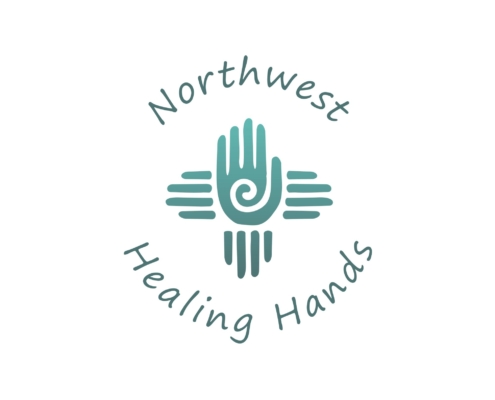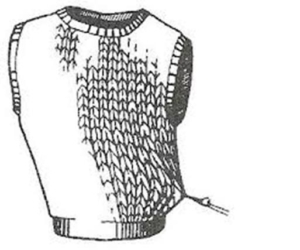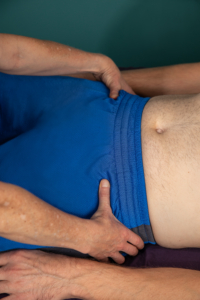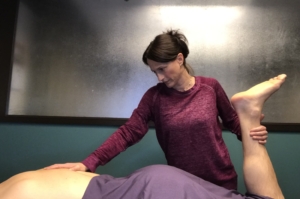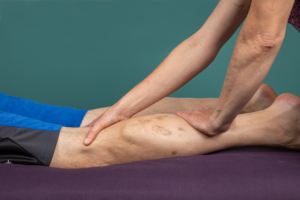I will assess your posture in standing first. With a trained eye, fascial restrictions are often very visible. With the knowledge that everything in our body is made of fascia, including bones, teeth, blood vessels and nerves, think of your body like a knitted sweater. When it’s healthy, you are flexible and able to move without pain. When it becomes injured through physical or emotional trauma or repetitive strain, over time it becomes tight and dehydrated and pulls on your structure like multiple snags in your sweater. These restrictions result in asymmetrical wear and tear on various regions of your body which impacts your flexibility, causing your body to move with multiple malalignments.
© Copyright RSI T/A John F. Barnes
Once your fascial restrictions are observed in standing, we will observe what happens when you lay on your back and take gravity out of the system. There are times when how you appear in standing is the same as how you appear when you’re laying down. Other times, this might be different. With gravity out of the equation and compensatory strategies eliminated, your true fascial restrictions will be revealed.
© Copyright RSI T/A John F. Barnes
